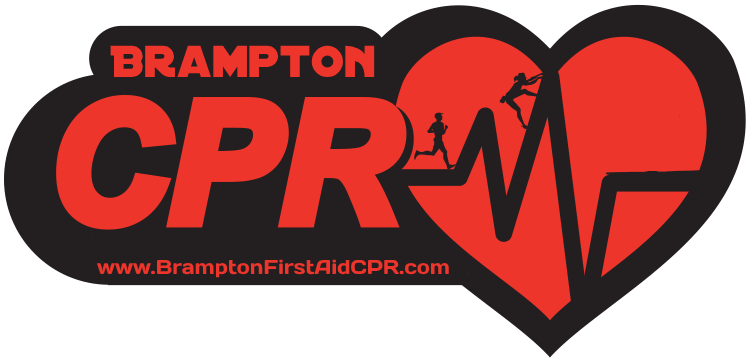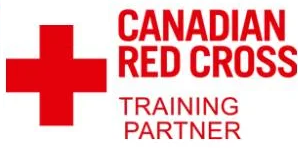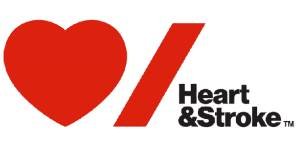Canada Standards Association
The Canadian Standards Association: CSA Standard Z1210–17
First Aid Training For The Workplace – Curriculum And Quality Management For Training Agencies
Curriculum for First Aid Training (CSA Standard Z1210–17)
1. 🏥 Introduction to First Aid and Workplace Safety
- Legal requirements and ethical responsibilities of a First Aider in the workplace.
- Role of First Aiders across diverse workplace settings (e.g., office, healthcare, manufacturing).
- Basic emergency response skills and decision-making processes.
2. 💓 Basic Life Support (BLS)
- Techniques for adult, child, and infant CPR.
- Proper use of Automated External Defibrillators (AEDs).
- Airway management and effective breathing assistance.
- Recognition and response to cardiac arrest.
3. 🩹 Wound Care and Bleeding Control
- Identifying and managing different types of wounds (abrasions, lacerations, punctures, contusions).
- Methods for stopping bleeding and dressing wounds.
- Use of bandages, pressure points, and tourniquets.
4. 💔 Fractures, Dislocations, and Sprains
- Assessment and management of fractures and dislocations.
- Correct immobilization techniques using splints or supports.
- Management of sprains and strains (R.I.C.E. method: Rest, Ice, Compression, Elevation).
5. 🔥 Burns and Scalds
- Recognition and treatment of first, second, and third-degree burns.
- Immediate first aid for burns and scalds.
- Cooling, covering, and preventing infection in burn injuries.
6. ☠️ Poisoning and Toxic Exposure
- Recognizing symptoms of poisoning and toxic exposure (ingested, inhaled, absorbed).
- First aid for chemical, environmental, and industrial poisonings.
- Use of antidotes and supportive measures.
7. 🌡️ Heat-Related and Cold-Related Illnesses
- Treatment and prevention of heat-related illnesses (heat stroke, heat exhaustion).
- Management of cold-related injuries (frostbite, hypothermia).
8. 🐝 Severe Allergic Reactions and Anaphylaxis
- Recognizing symptoms of severe allergic reactions and anaphylaxis.
- Use of epinephrine auto-injectors (e.g., EpiPen) for anaphylaxis.
- Managing allergens to prevent exposure in the workplace.
9. ⚠️ Workplace-Specific First Aid Hazards
- Addressing workplace-specific injuries (e.g., machinery-related injuries, slips, falls).
- Emergency management of electrical shocks, chemical spills, and other hazards.
10. 🚑 Basic Emergency Response Procedures
- Coordinating emergency response teams and ensuring scene safety.
- Communication with emergency responders and clear reporting.
- Providing psychological support and reassurance in crisis situations.
Quality Management System (QMS) for Training Agencies (CSA Standard Z1210–17)
Training agencies must adhere to the Quality Management System (QMS) outlined in CSA Standard Z1210–17 to ensure compliance with industry best practices.
1. 🏛️ Compliance with Regulatory Standards
- Ensure compliance with CSA Z1210–17 and other relevant regulations.
- Regular review of the curriculum to meet current safety guidelines.
2. 👩🏫 Instructor Qualifications and Competencies
- Instructors must be CSA-certified and participate in periodic updates.
- Continuous evaluation of instructor performance.
3. 📝 Training Program Evaluation
- Regular evaluation of training effectiveness and learner competency.
- Collecting and acting on participant feedback.
4. 📂 Documentation and Record-Keeping
- Maintain accurate records of training sessions, certifications, and assessments.
- Include learner evaluations, instructor performance, and course feedback.
5. 🔄 Ongoing Improvement of Training Programs
- Continuous monitoring through audits to ensure quality.
- Implement corrective actions when necessary.
6. 🏥 Health and Safety Considerations
- Training must be conducted in a safe environment compliant with health and safety regulations.
- Ensure emergency equipment, such as first aid kits, is readily available during training.
7. 🏅 Competency-Based Assessment
- Both theoretical and practical assessments to ensure competency.
- Re-certification is required every three years.
8. 👥 Participant Follow-Up
- Follow-up with participants and employers to ensure skills are applied in the workplace.
- Offer ongoing support and refresher training to maintain competency.
Conclusion
By adhering to CSA Standard Z1210–17, organizations and training agencies can ensure that their First Aid programs are effective, comprehensive, and compliant with the highest industry standards. This curriculum and Quality Management System (QMS) support the development of workplace First Aid providers who are well-equipped to respond effectively to a wide range of emergencies





